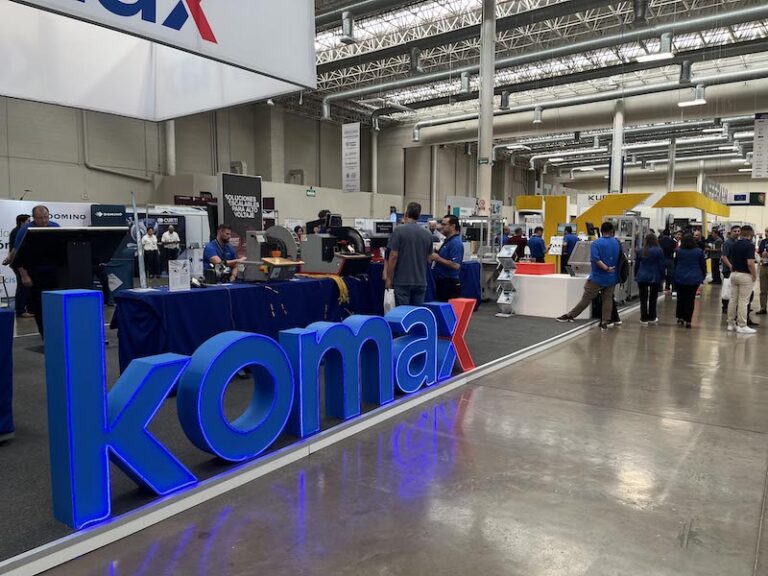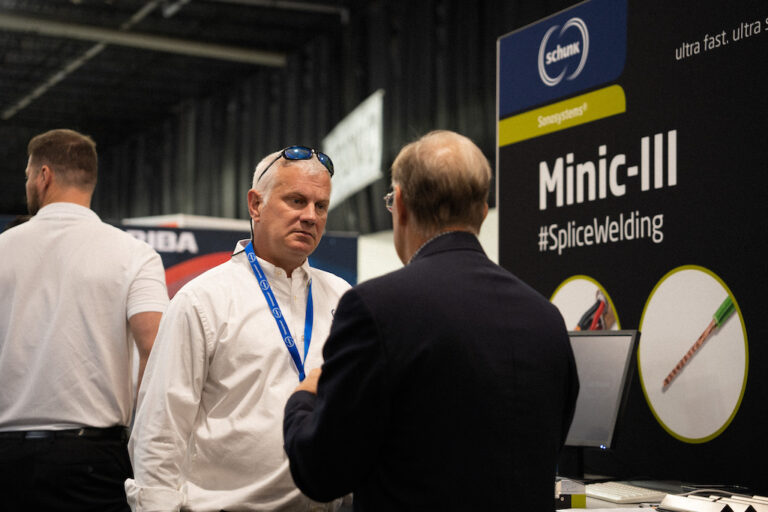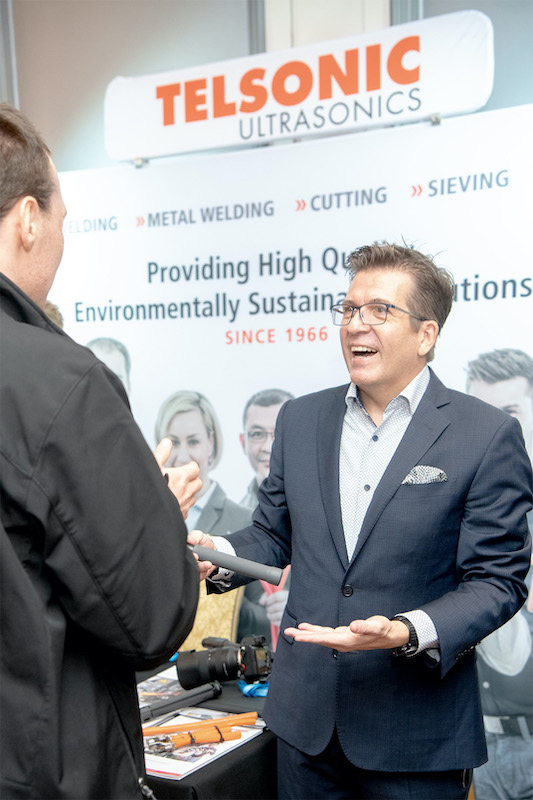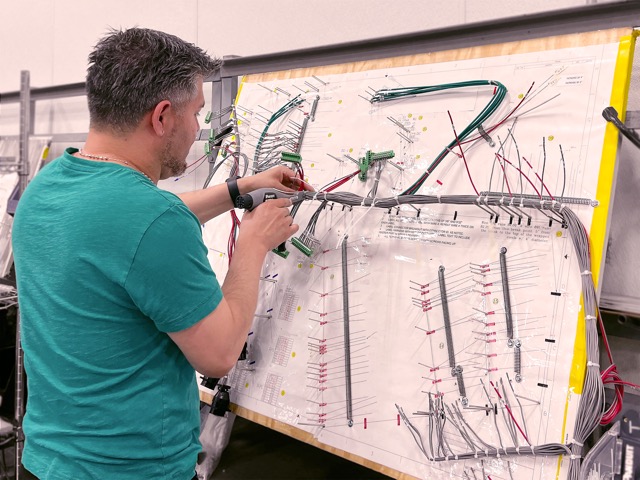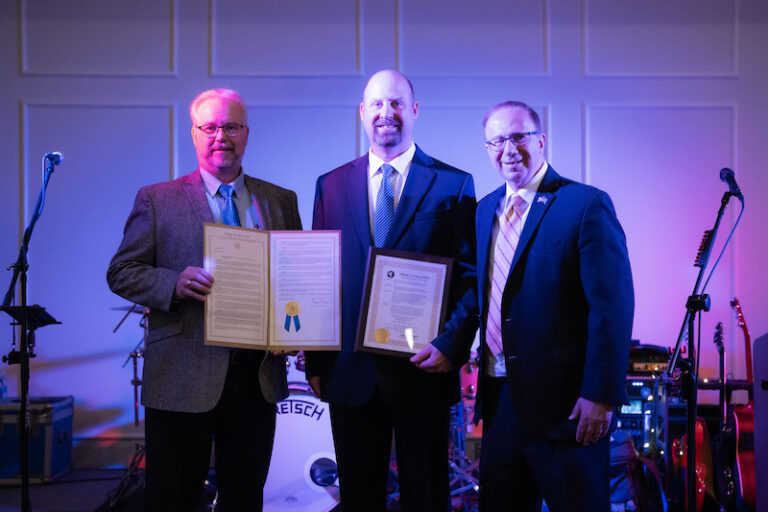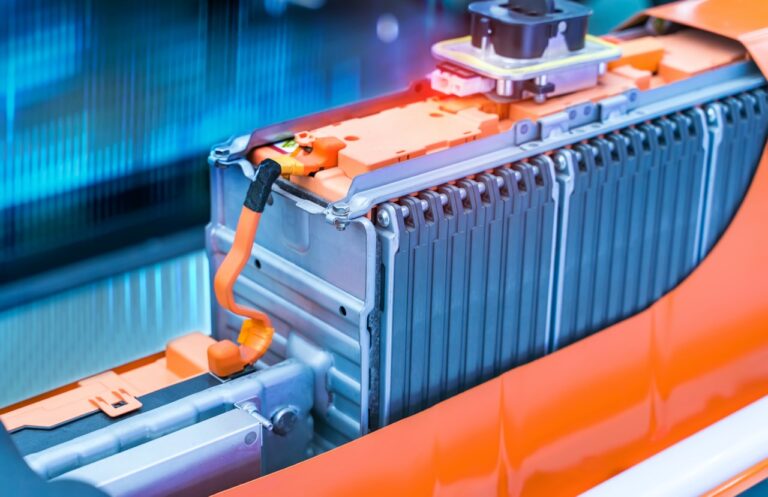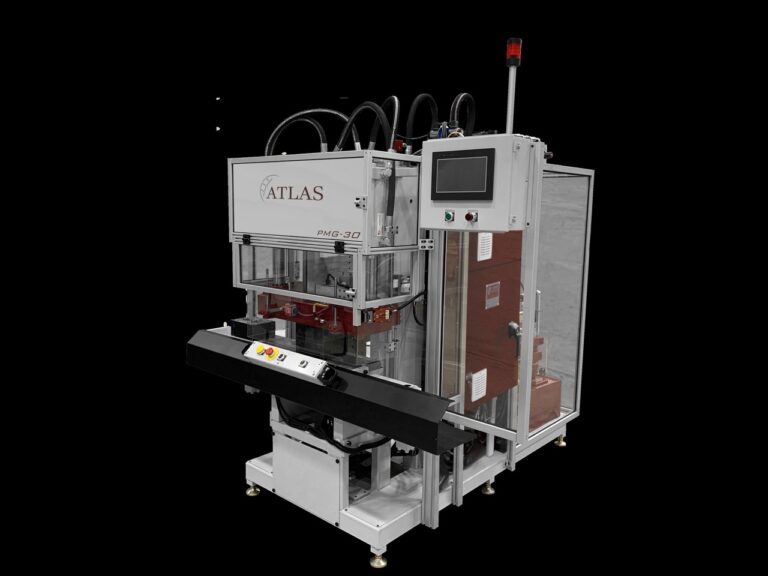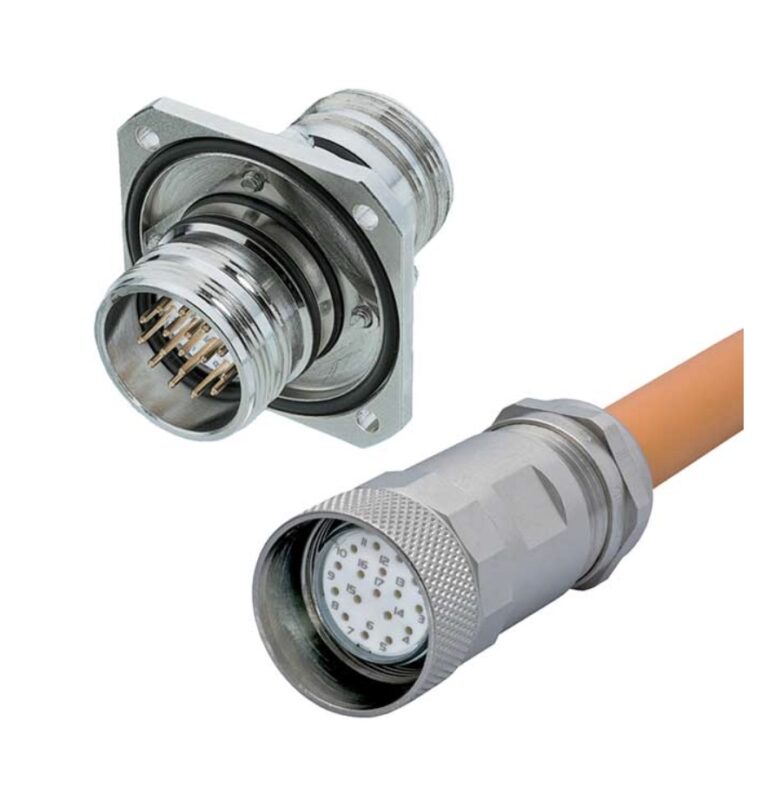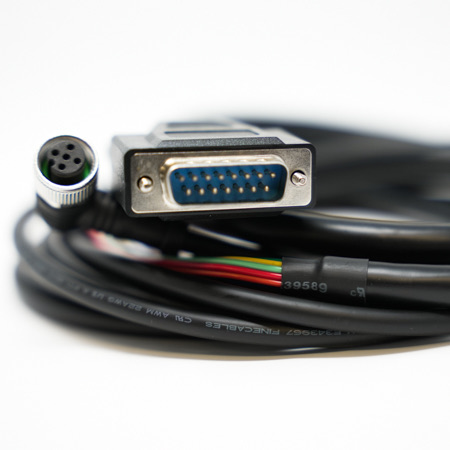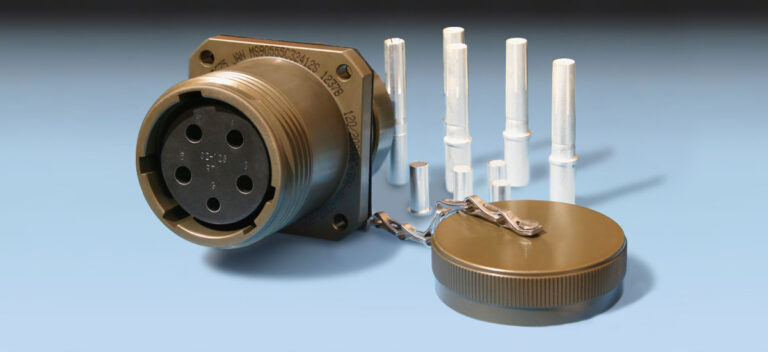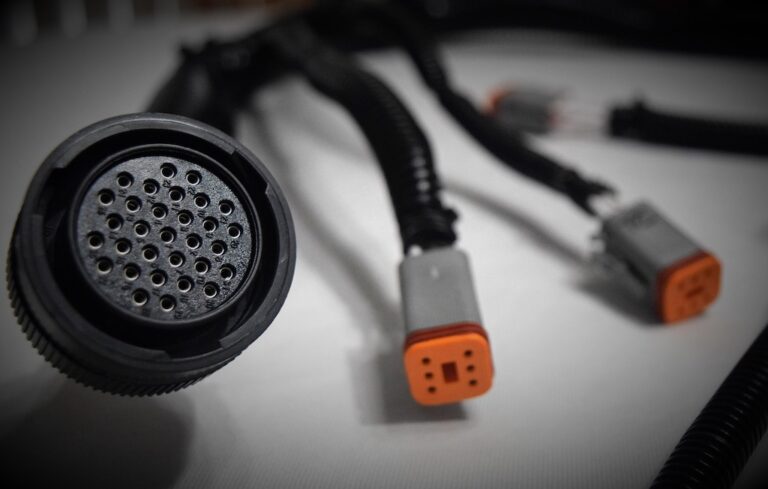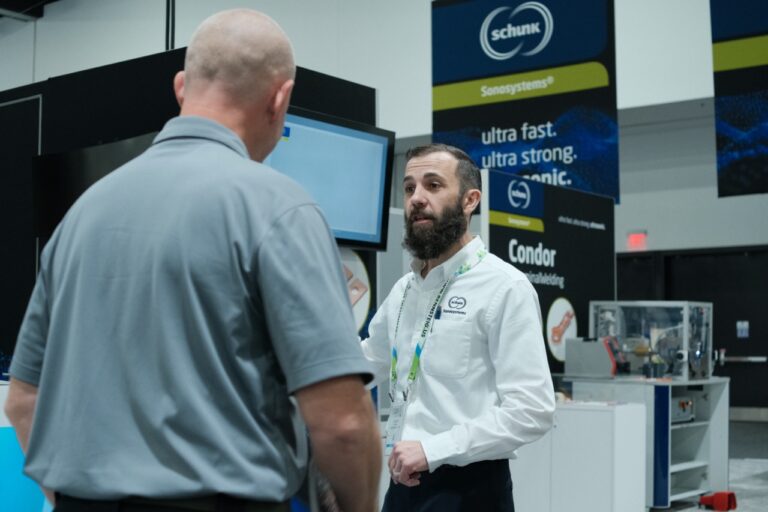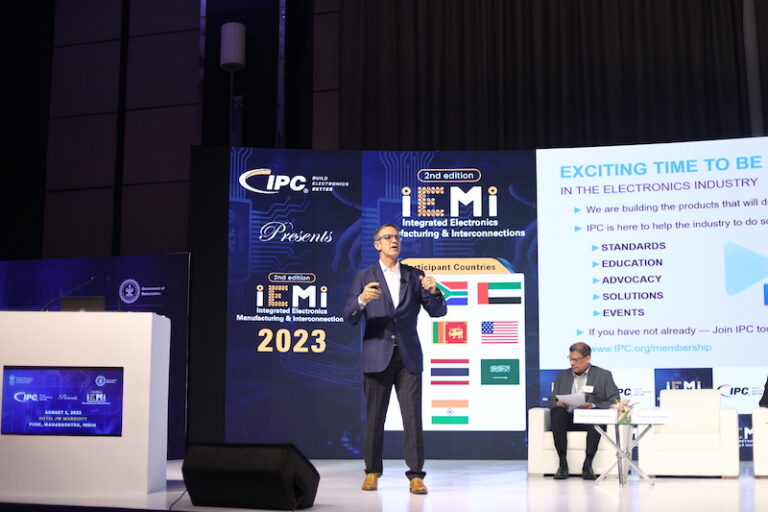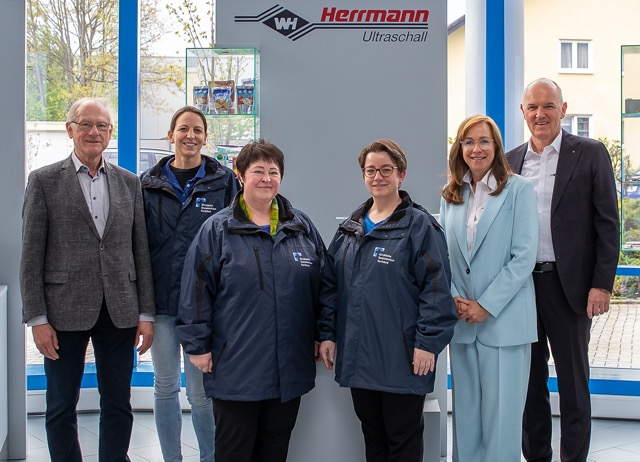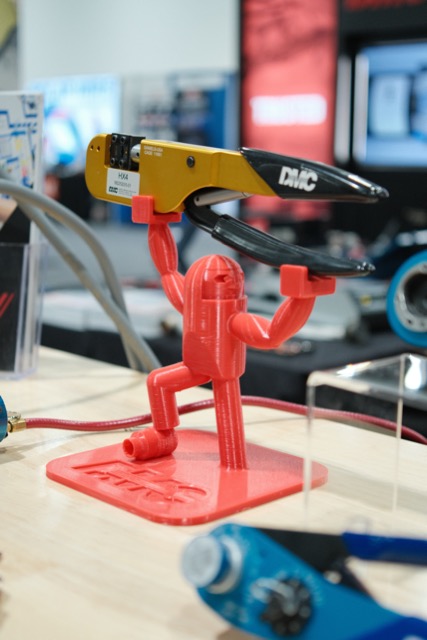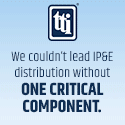By Joe Tito
TE has been on a roll lately, releasing new automation solutions for the harness industry. They recently launched their HV-20V, a 20-ton high voltage cable automated crimp station for wire sizes up to 120 mm². When we interviewed Dr. Nengquan (Nick) Liu, CTO of the Applications Tooling Business Unit at TE Connectivity last year for the FFC/FPC automated crimper, he told us about a high-voltage cable tool in the making and promised to give us an interview when it launched.
Not only did he make good on that, we were also joined by Martin Rosten, Global Sales and Field Service Director at TE Connectivity based in Bensheim, Germany. We did a great instructive piece on high-voltage crimping with Martin in 2022. To say these guys are experts on the subject of automated wire processing would be an understatement.
Martin began discussing the two major issues facing TE‘s customers that lead to the development of the HV20V. “Quality requirements are higher than ever before,” he began. “There’s more danger associated with high voltage applications, so it’s extremely important that the quality requirements are met when we’re processing these cables.” The other issue is the high cost of scrap. “High-voltage connectors, charge inlets, and the cables themselves are all extremely expensive. Much more so than, say, a small MQS terminal that you might find in a conventional engine harness. This has led to a lot more attention to reducing scrap cost.”
As with the FFC/FPC machine we discussed last year, the vision system is integral to making this all possible. “With a vision system, you’re enabling the operator to set very specific windows of variability,” Martin continued. They can inhibit the crimp process from occurring if the acceptable parameters are not met. We are controlling the components making sure we have the right wire, the right terminal, that we are controlling the exact positioning of both and that the crimp process is accomplished correctly. So, you basically have a failsafe device controlling the quality of the crimp.”
Nick took a deeper dive into the three phases of technology at the core of the HV-20V and how TE’s development of each fits into their future automation plans. The first phase he described was the camera array. Three cameras capture images from multiple angles of the die set, terminal, cable, and the proper positioning of each. In the second phase, the vision software TE developed determines whether all the components are in an acceptable position to perform a quality crimp. This is where the new AI component of their software development measures these parameters against a ‘golden sample’ that the computer learns.
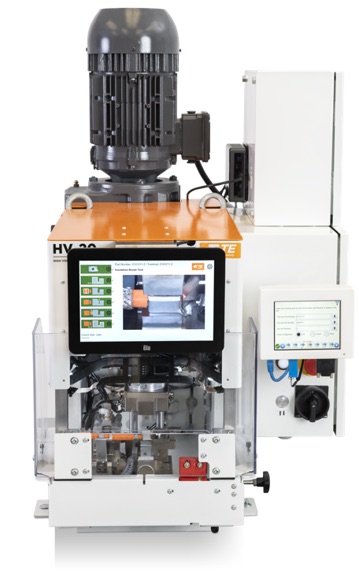
The system captures a QR code on the individual die set and all the components and positioning points and stores the information in a library. “Having all of this data as part of crimp quality monitoring gives you traceability throughout the manufacturing process.” Nick said. “You know exactly when the crimp was performed and all the data to support it was done properly is stored on the cloud.”
The vision cameras and controlling software are present in previous tools TE has developed like the FFC/FPC crimper we highlighted last May. But Nick stressed this new tool represents the use of AI software development to compare what the camera is seeing to a ‘golden sample’ it has learned. He added that the new vision/AI development will be used as a platform in the development of new tools for FPX, coaxial and USB processing.
Martin explained how TE was able to integrate failsafe capabilities with a unique screen interface that makes the HV-20V very user-friendly. He shared an image (figure 1) of the main screen that depicts all the parameters that must be met before the machine will allow the operator to continue.
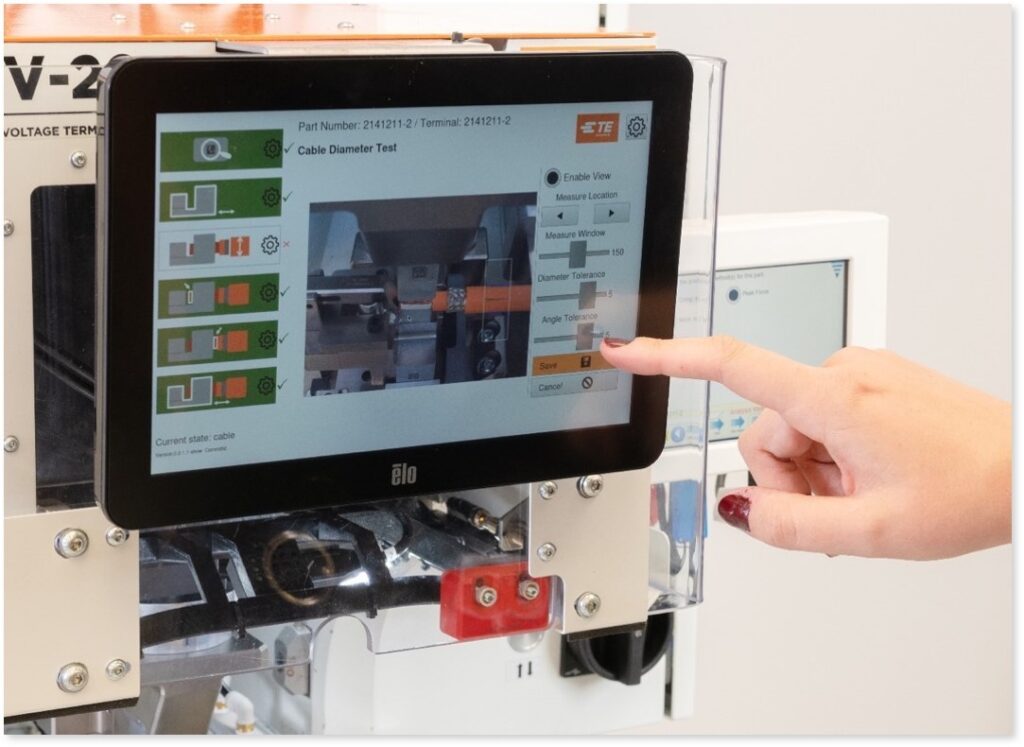
Figure 1. HV-20V Panel Interface.
Following are all the checkpoints:
- Die serial number test (verifying proper die selection for the job).
- Terminal position test (verifying proper positioning, and orientation of the terminal).
- Cable diameter test (verifying proper cable selection).
- Insulation brush test.
- Terminal position deviation (manually changing deviation parameters).
“We sell this equipment outright,” Martin said. “But for customers who want to avoid a fairly high capital outlay in the beginning of a project, this equipment is also available to rent.” He indicated this could be a great option for companies producing relatively low quantities, but need to satisfy their customers repeatability and traceability demands.
Interested in seeing the equipment in action? You can see the HV-20V at the EWPT Expo in Milwaukee. Stop by the E-Tronix booth, #1055.
If you’d like to read the article, we did with Nick last year on FFC/FPC crimping, jump on our website and search “Semi Auto Machine FFC/FPC”. To learn some essentials for high-voltage cable processing, see the article we did with Martin by searching. “Intricacies of High-Voltage Cable Processing.”






















